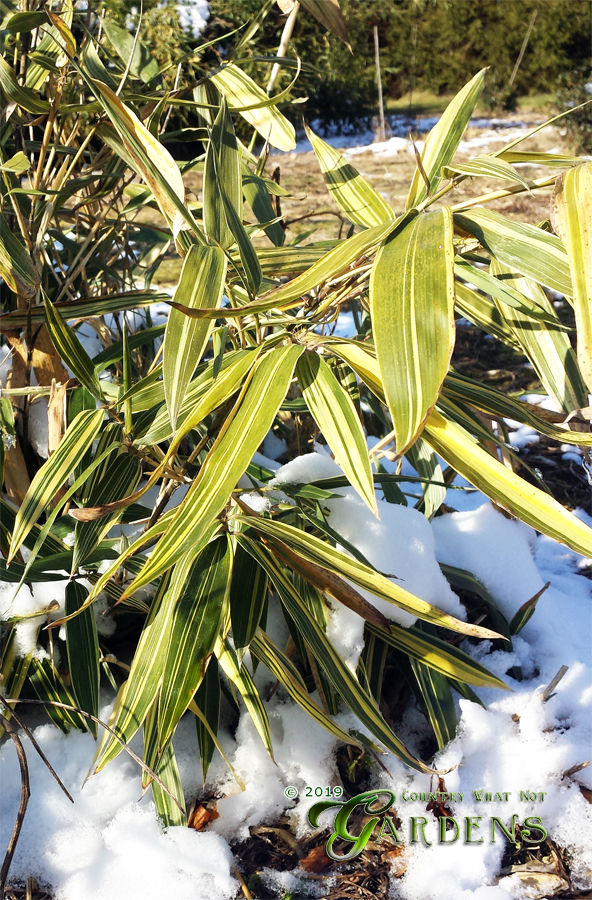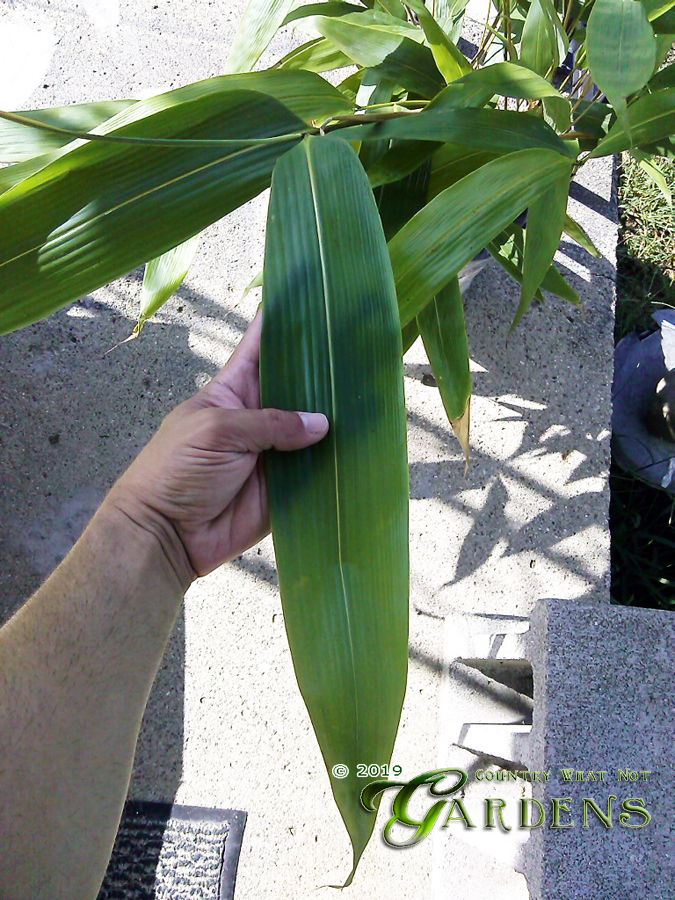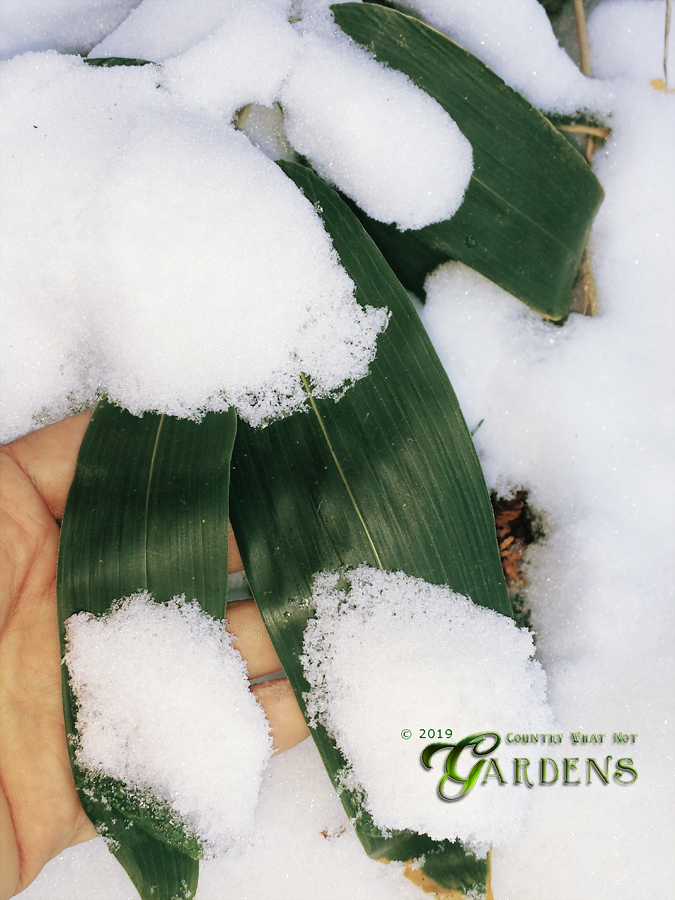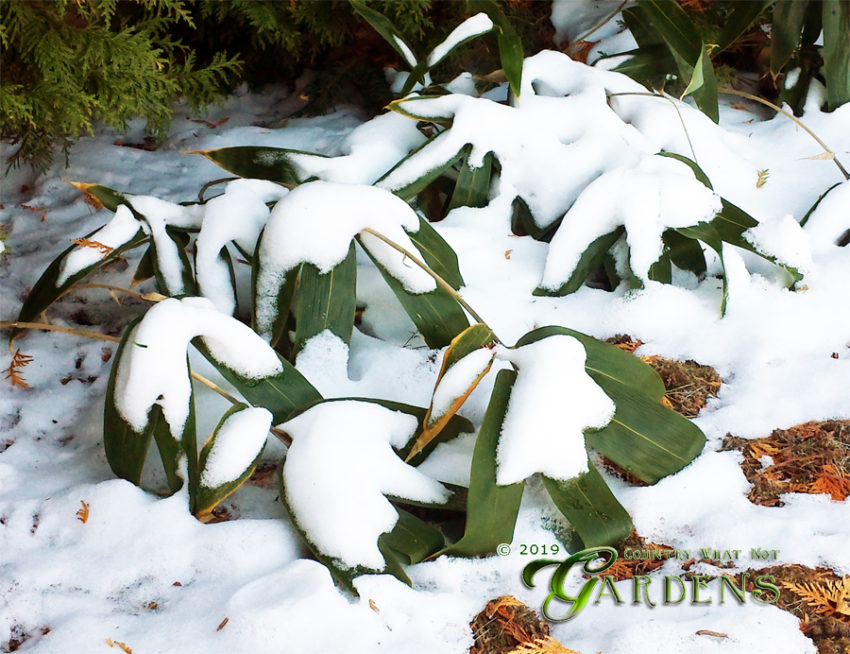There are some bamboo species that are often overlooked. It’s unfortunate because they have a lot of good qualities.
Species in the genera Sasa, Pseudosasa, Pleioblastus, Indocalamus, and Hibanobambusa are frequently overlooked by zone 5 gardeners because these species do die back to the ground each winter here. This means that they grow much like the more familiar Maiden Grass (Miscanthus), in that they grow here as herbaceous to semi-evergreen perennials.

The old growth of these smaller bamboo species is easily mowed off in the spring before new growth begins; exactly as you would cut down a Miscanthus in the spring. The new growth returns quickly to renew the space with fresh, green foliage.
In Japan it is customary to mow off certain Sasa species each spring whether they need it or not. It keeps the patch neat and tidy.
Growing these smaller bamboo species as herbaceous perennials has some benefits. Some of these species have decently large leaves. Species in the genera Sasa and Indocalamus grow in shade and make great substitutes for Hosta Lilies in the garden.

While they won’t bloom like Hostas, certain Sasa species have large, tropical looking leaves on a plant of short stature.
An added benefit possessed by these large leafed small bamboo species is that slugs and deer don’t find them desirable.
Additionally, Sasa oshidensis is particularly cold hardy. How many Hostas remain green into Decemeber and even January in zone 5?

While Sasa species are classified as “running” most do so slowly in zone 5. Our six year old patch of S. oshidensis is only three feet in diameter. It could quite easily be kept smaller through selective shoot removal in the spring. Such tender new shoots are easily clipped off with garden shears or even broken off with the fingers.
Ornamental Grass substitutes for areas that receive 6 hours or more of direct sunlight each day:
Hibanobambusa tranquillans ‘Shirosima’, moderate spreader to 5′ in height in zone 5
Pleioblastus simonii, slow to increase, height of 3′ to 6′ in zone 5
Pseudosasa species, very slow to increase, more like an open clumper, height of 3′ to 6′ in zone 5
Hosta substitutes for shaded areas that receive morning sun or dappled light:
Indocalamus tessellatus, slow to increase, height potentially to 3′ in zone 5
Sasa species, moderate spreaders, height potentially to 2′ to 3′ in zone 5
